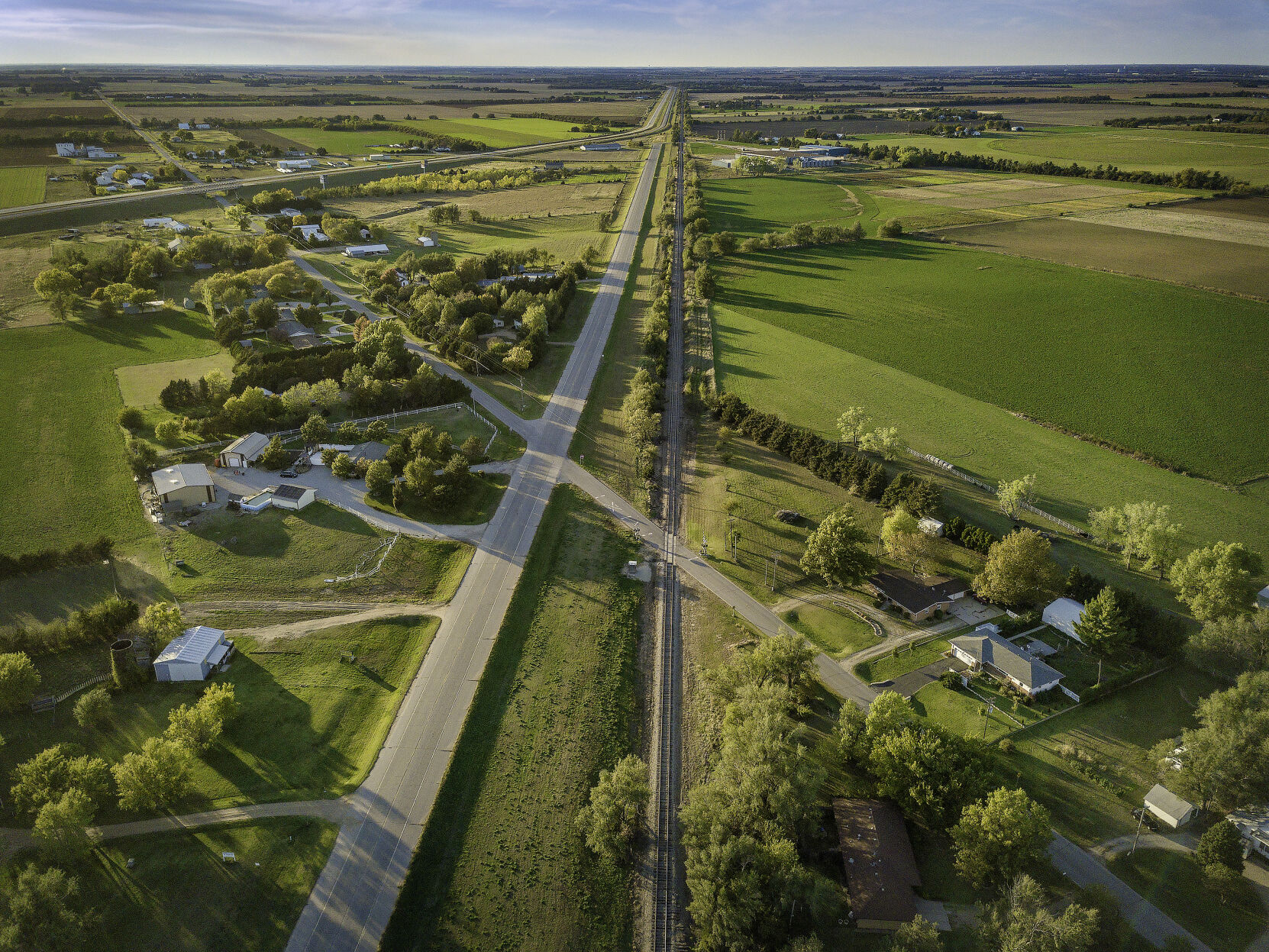Some climate change activists want the incoming secretary of agriculture to draw from the $30 billion in the Commodity Credit Corporation, set up to support farm prices, to be used to fund carbon farming.
In his opening remarks just before his confirmation hearing Feb. 2, Tom Vilsack laid out four “why not moments” he said he wanted to focus on during his tenure as secretary of agriculture. The very first one invoked the fight against climate change and included topics like carbon sequestration and soil health practices. Questions from committee members focused on biofuels. Vilsack, a former secretary of agriculture under President Barack Obama, is expected to be easily confirmed by the full Senate.
The U.S. Department of Agriculture already operates the Climate Change Program Office within the Office of Energy and Environmental Policy to coordinate agricultural, rural and forestry-related climate change program and policy issues across USDA. A number of farming practices sequester carbon in the soil and have attracted interest from climate activists, partly due to studies that claim, with varying figures, that farming and land management are major contributors to climate change. Many of these practices, such as planting cover crops and practicing no-till cultivation, have been used for generations and were originally adopted for reasons other than fighting climate change.
The Carbon Cycle Institute proclaims on its website, “Agriculture is the ONE sector that has the ability to transform from a net emitter of CO2 to a net sequesterer of CO2—there is no other human managed realm with this potential.” Whether or not that claim is true—and you can read a lot of conflicting information on that topic—the idea has excited climate activists, investors and non-governmental organizations. Some have proposed that companies that produce emissions could offset them by paying farmers to sequester carbon in a carbon market similar to cap-and-trade proposals. A number of private companies and non-governmental organizations are exploring ways to make so-called “carbon farming” profitable for farmers, by paying them for practices that capture and sequester carbon dioxide in the soil.
One of the main hurdles facing such projected carbon markets is standardizing data and information. Several private companies and institutes, including the Carbon Cycle Institute, have produced “carbon models” of land use and various farming practices. But they all have their own ways of measuring inputs and outputs. If carbon farming is ever to become truly scalable, there have to be units of measurement and methods of assessing carbon capture transferable and usable across various data platforms and accepted by all the third parties that have to monitor and report on farmers’ compliance with carbon capture goals. As the saying goes, you can’t manage what you can’t measure.
Some private companies are already doing some of the research that will ultimately contribute to those standards. But it’s an enormous undertaking. A huge amount of data must be captured, processed and put into models before any set of agreed-upon standards will be finalized. That takes a lot of money and time.
Some media sources are reporting that the Joe Biden administration wants at least some of that money to come from the Commodity Credit Corporation, which has $30 billion left to spend. “Now the Biden administration wants to deploy a $30 billion pot of money in the Agriculture Department to tackle climate change, support restaurants and kickstart other programs without waiting for Congress,” according to Politico, which continued, “[T]he Commodity Credit Corp. is shaping up as one of the first focal points for how the Biden administration is quickly revamping flexible programs left behind by former President Donald Trump.”
The CCC was set up during the Depression to stabilize and support farm prices. Because it must respond to volatile agricultural markets, the USDA has flexibility in how it uses CCC money compared to some other pots of money granted to other federal agencies. That flexibility allowed Trump to use the CCC to make payments to farmers affected by the tariff wars with China, as well as to fund the Coronavirus Food Assistance Program and CFAP 2 program.
Those payments fell well within the congressionally mandated purposes of the CCC, according to Roger McEowen, professor of agricultural law and taxation at Washburn University School of Law in Topeka, Kansas. “While Market Facilitation Payments were a bit new with regard to traditional CCC payments, they clearly fell within the intent of Congress” in setting up the CCC, McEowen told High Plains Journal. The MFP and CFAP payments were “hugely successful” in supporting farm incomes, even if it meant that farm incomes had to be made up of roughly 40% government payments for a time until grain prices rose again, as they have recently.
He is not so sure about carbon payments, though. In McEowen’s view, to use CCC payments to set up carbon markets would require the USDA to go before Congress to get authorization to change the CCC’s congressionally mandated purpose.
McEowen has no doubts about whether CCC payments can be used to support restaurants affected by the COVID-19 shutdowns, as some have also suggested. “That would flatly contradict the purpose of CCC,” he said.
David Murray can be reached at [email protected].



